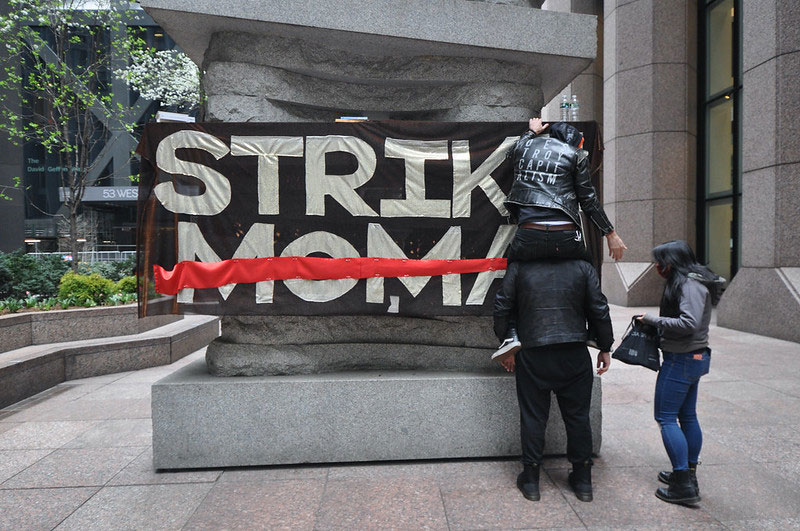July 22, 2010; Source: Washington Post | Over the course of the economic crisis, we’ve learned that relying too much on leverage and keeping cash cushions dangerously low can be risky, if not downright dangerous. But, according to a new study by Consumers Union, when nonprofit health insurers do the opposite and have more cash in reserve than they really need, they end up charging more for coverage than might be warranted.
In a study of 10 Blue Cross Blue Shield affiliates, the publisher of Consumers Report found that seven of them had surpluses three times the amount regulators say are needed to remain solvent. As a result of keeping cash reserves so high, these insurers have had to raise premiums to cover expenses. Sondra Roberto, a staff attorney at Consumer Reports who co-wrote the report, says when nonprofit health insurers run such large and unnecessary surpluses they “are undermining their mission” of providing affordable health care.
Sign up for our free newsletters
Subscribe to NPQ's newsletters to have our top stories delivered directly to your inbox.
By signing up, you agree to our privacy policy and terms of use, and to receive messages from NPQ and our partners.
Among the larger cash hoarders is Blue Cross Blue Shield of Arizona, which last year had a surplus of $717 billion, more than seven times the minimum regulators require. In 2009, the company also raised premiums between 8.8 percent and 18.4 percent for its individual policyholders. In another instance, Regence Blue Shield of Oregon had about 3.6 times the regulatory minimum, and its rate increases topped 25 percent in April 2009 and 16 percent again last April.
The insurers argue they need so much cash to cover expenses such as accreditation and new technological improvements required by law or to cover unexpected jumps in members’ claims. Roberto suggests that states should require nonprofit plans to report whether any of the cash they are holding is for purposes other than maintaining solvency. That would let regulators decide if they’d be better off using the reserves to offer reduced premiums to consumers.
Regena Frieden, a spokeswoman for Blue Cross Blue Shield Arizona, says—somewhat predictably—”using reserves to buy-down premium increases would only serve as a temporary fix that would not address the underlying problem of rising health-care costs.”—Bruce Trachtenberg













